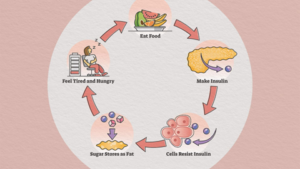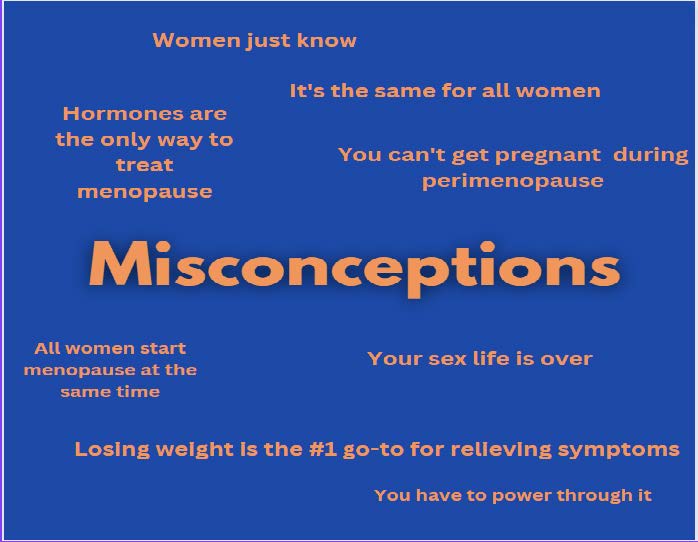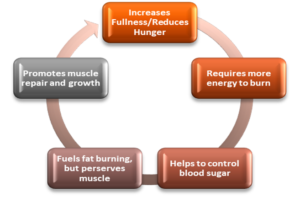Picture this if you can; Insulin is the key that unlocks the door to our cells. When the door unlocks properly, insulin can go inside and do its job. While inside our cells, the insulin mixes with our blood and creates a sort of anti-venom if you will, and that anti-venom balances our sugar levels.
Now, if we are low on insulin or experiencing insulin resistance, we don’t have a key to the door. Not gaining access to our cells when we consume carbs means that we can’t deploy the anti-venom (insulin) and the sugar gets stored as fat instead.
That is called Insulin Resistance!

iStock photo (2021)
Right now across North America, we are seeing numbers as high as 1 in 4 adults experiencing insulin resistance…
Insulin Resistance or I.R. is a complex condition whereyour body no longer responds to your cells’ need for sugar distribution. So, what we eat containing carbs (sugar) ends up uncontended and free to cause massive spikes in blood sugar and fat storage.
The good news is, even though I.R. can be chronic, it can also be temporary, preventable, and reversible!
Scientists are working on new breakthroughs and we now know that one of the causes of I.R. is inflammation on a cellular level. Inflammation on a cellular level is a biological response of the immune system that can be triggered by a variety of factors, including;
- pathogens – by viruses, bacteria, fungi, protozoa, and worms
- damaged cells – by internal and external physical changes, chemical, infectious, biological, nutritional, or immunological factors (consumption of sugar/carbs)
- toxic compounds – Asbestos, Formaldehyde, Hazardous/Toxic Air Pollutants, Lead
These factors may induce acute and/or chronic inflammatory responses in the heart, pancreas(where our insulin is produced and stored), liver, kidney, intestinal tract, and even our reproductive system, possibly leading to diseases, like insulin resistance, which leads to type 2 diabetes.
The number one lifestyle that tends to bring forth I.R. is fast-paced, high-stress, and low activity levels. This isn’t to say that it’s anyone’s fault, as the years go by a lot of us are spending more time hunkering down and working without the thought of personal health. We all have bills to pay, right?
If you’ve been diagnosed with I.R., the best way to tackle it is head-on. You can do it on your own, or you can hire a knowledgeable coach and join a winning community of health-conscious folks.
The number one way to start reversing I.R. is also the number one way to avoid it at all costs…
You’ve heard this before, here and elsewhere…it’s eating nutrient-dense, whole foods most of the time, moving your body daily, getting enough rest and recovery, maintaining a healthy body weight, and reducing the stress in your life.
Stay tuned for; Unlocking the Power of Insulin for Optimal Health: Part 2. Where we’ll be talking about the common signs and symptoms, the right questions you should be asking yourself and your healthcare team, and what recovery from I.R. looks like.
You can also join my private Facebook community → here

